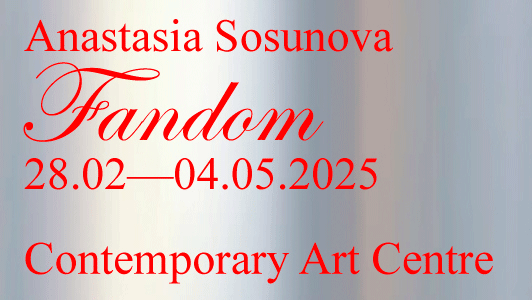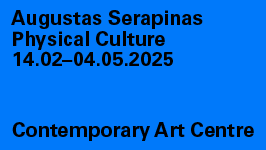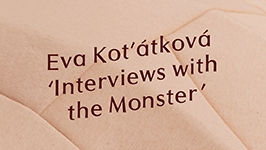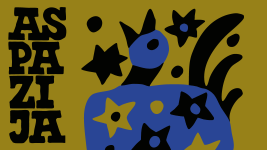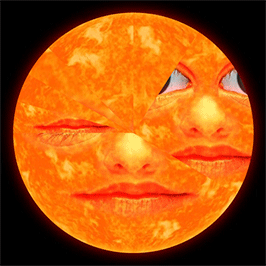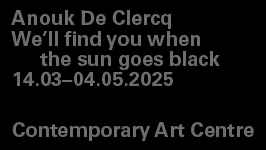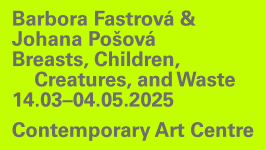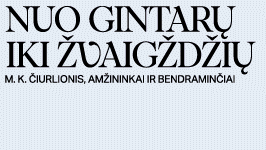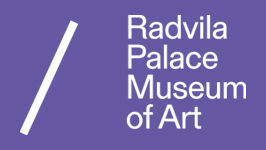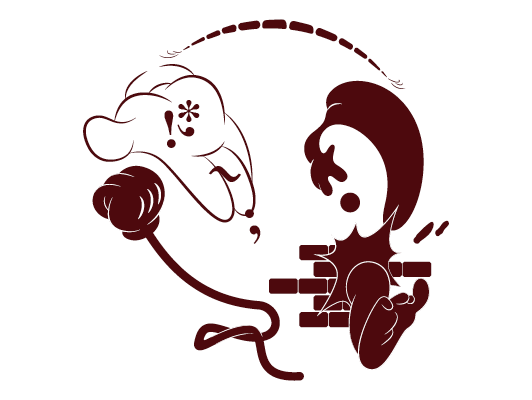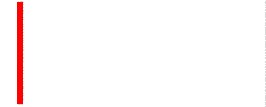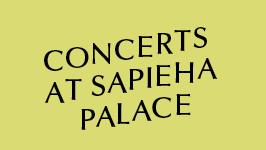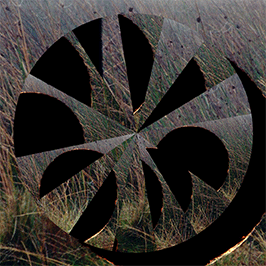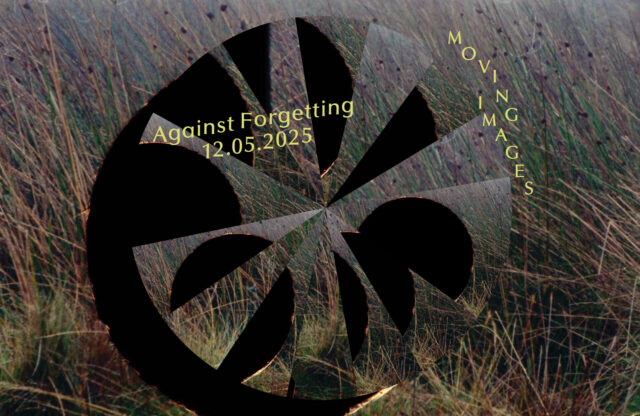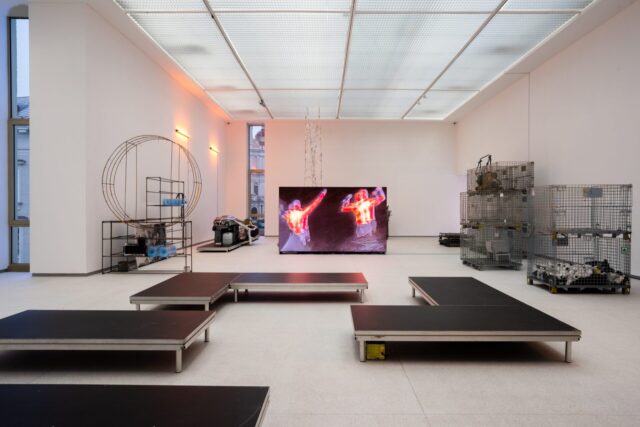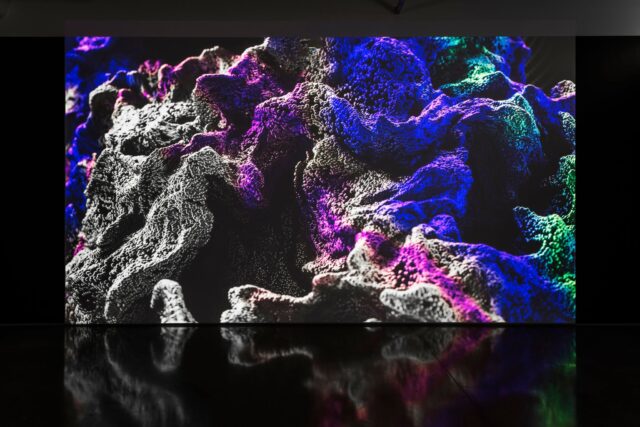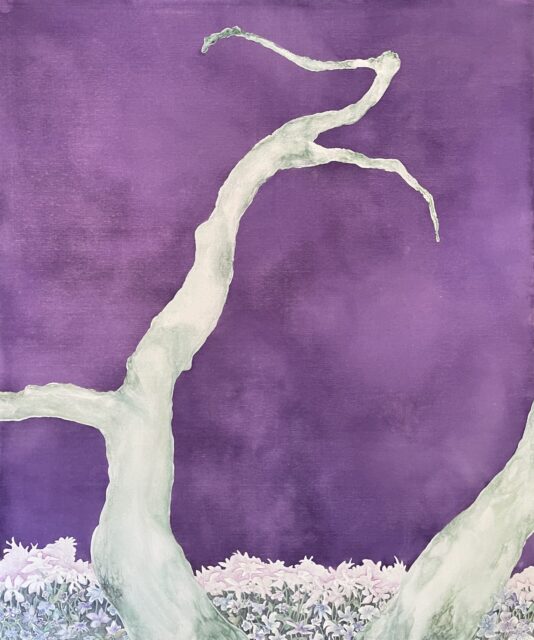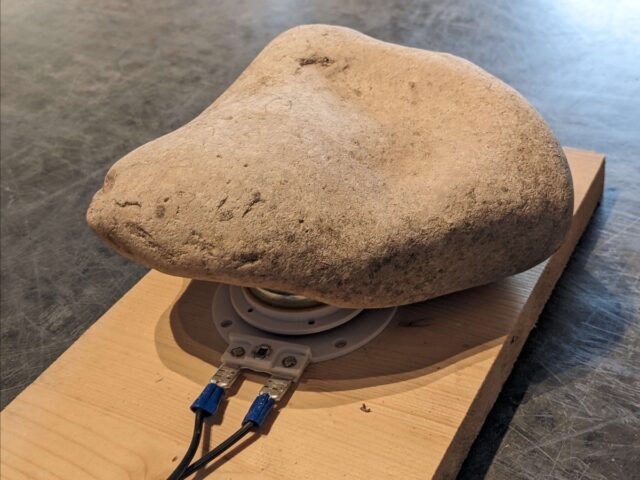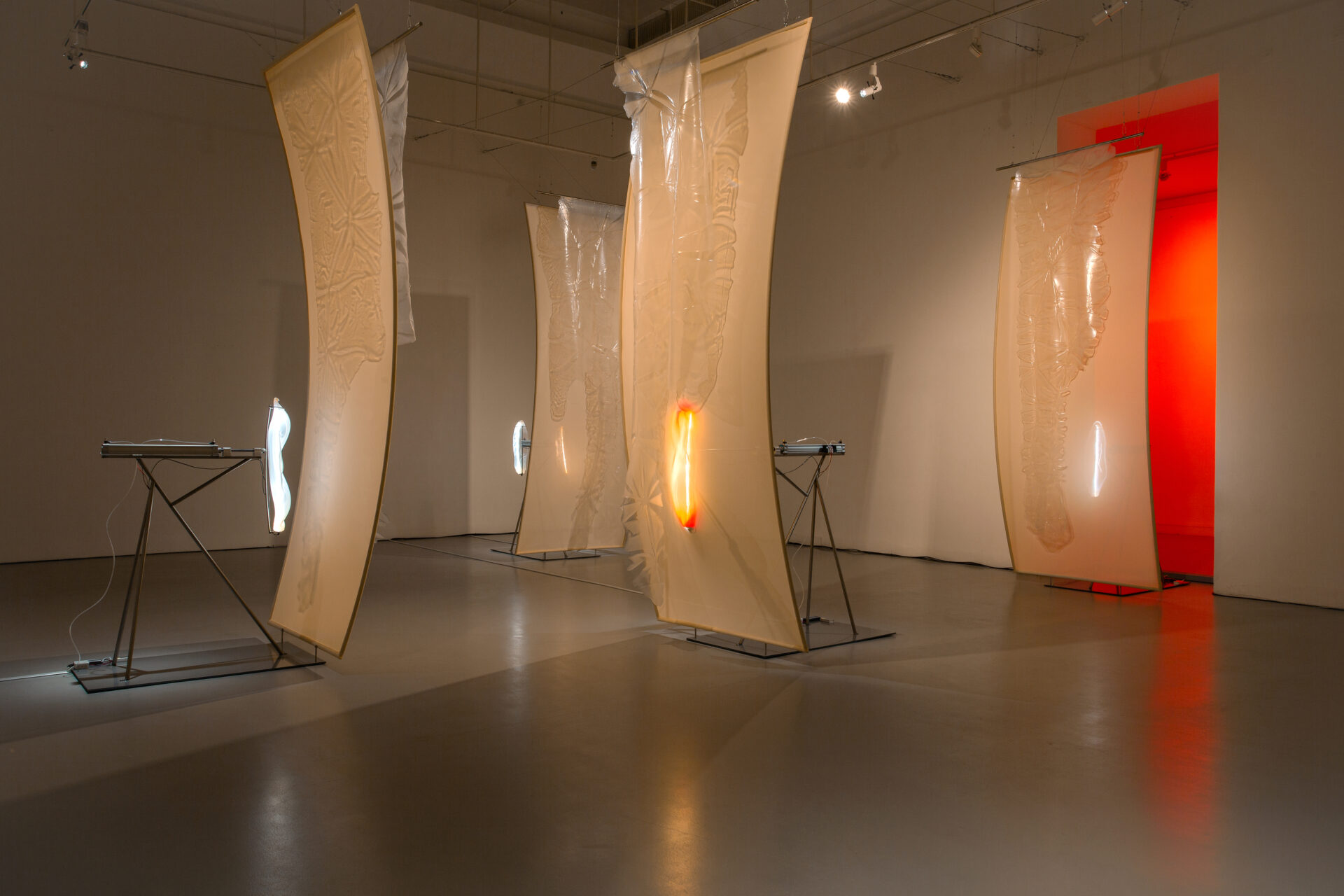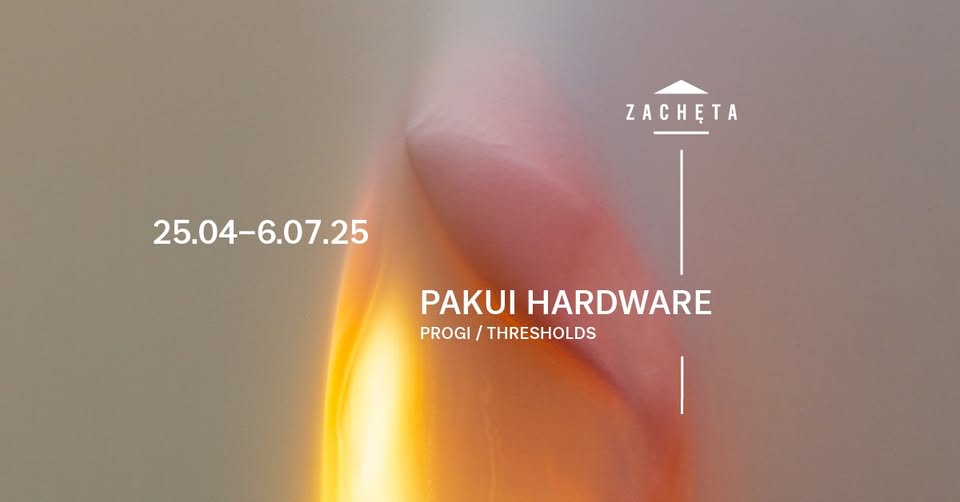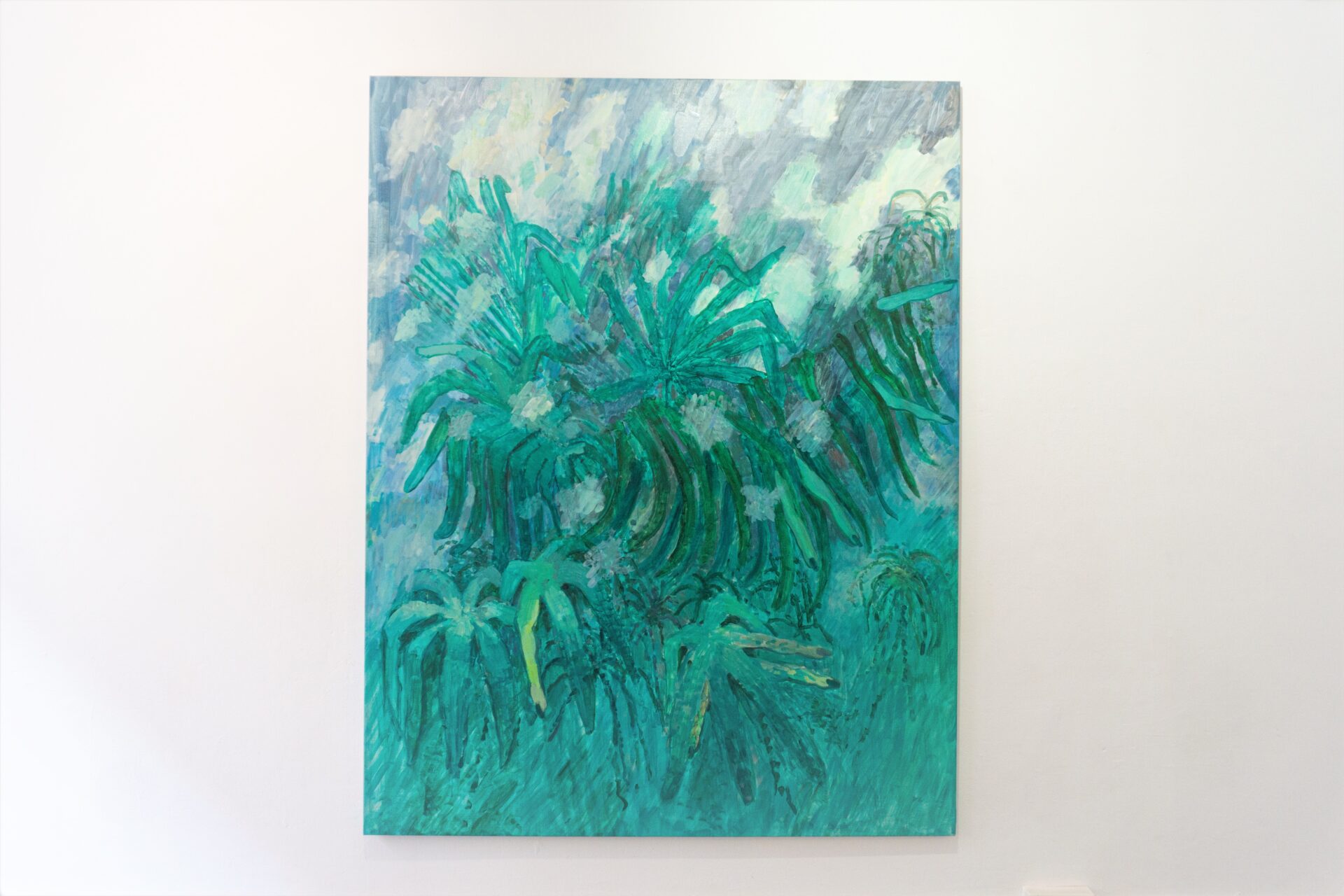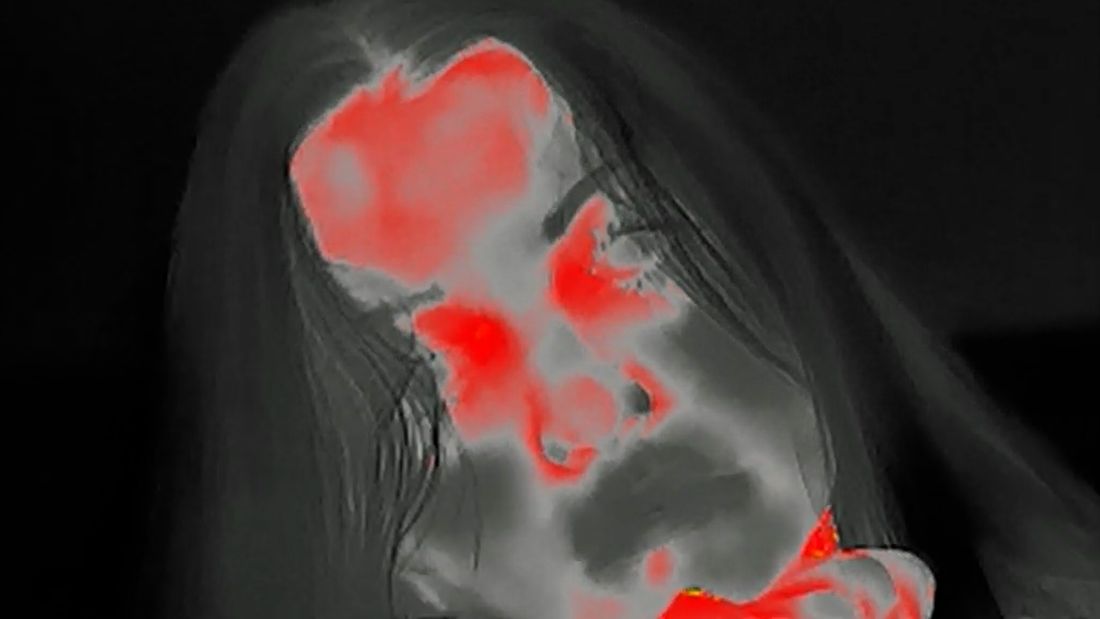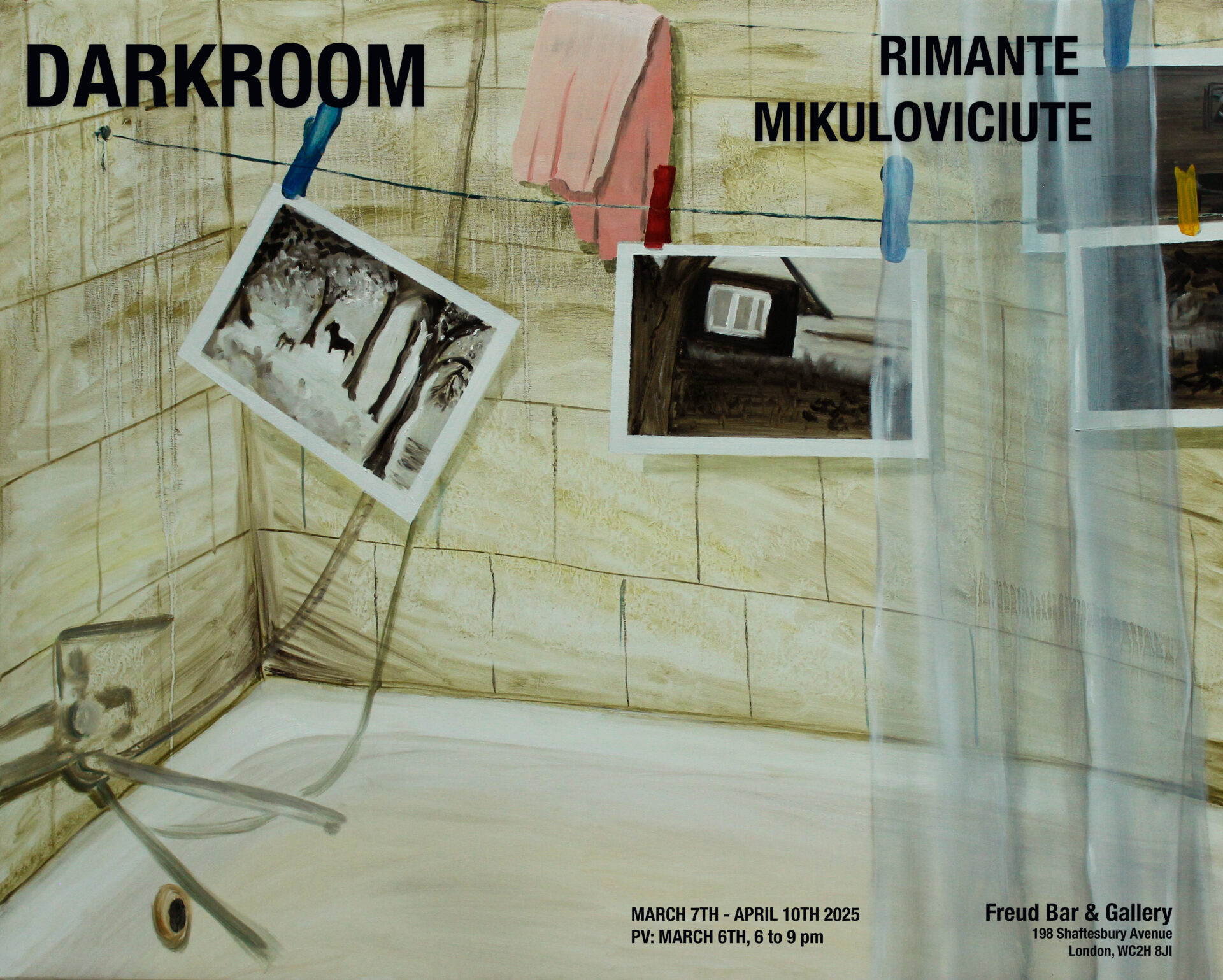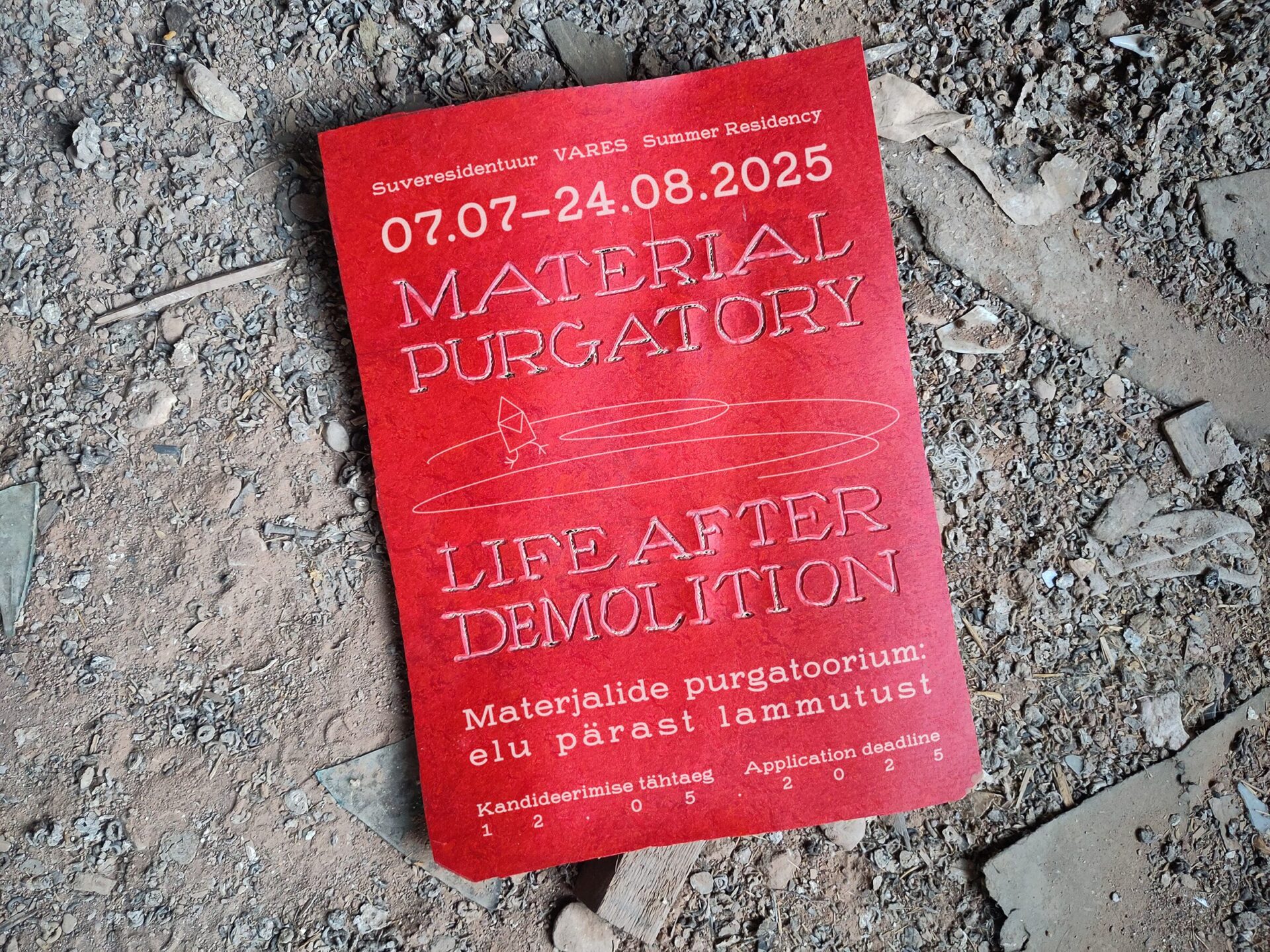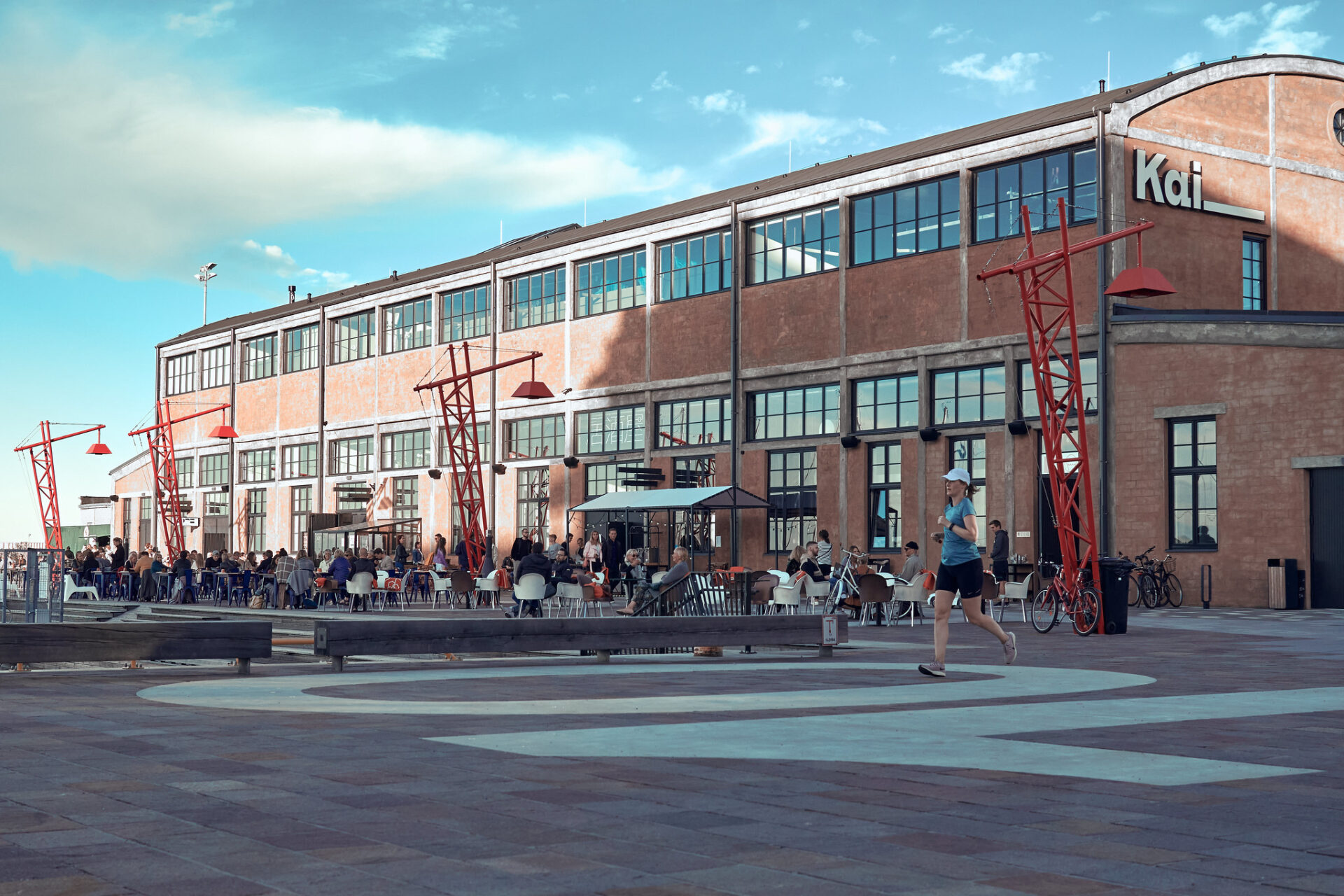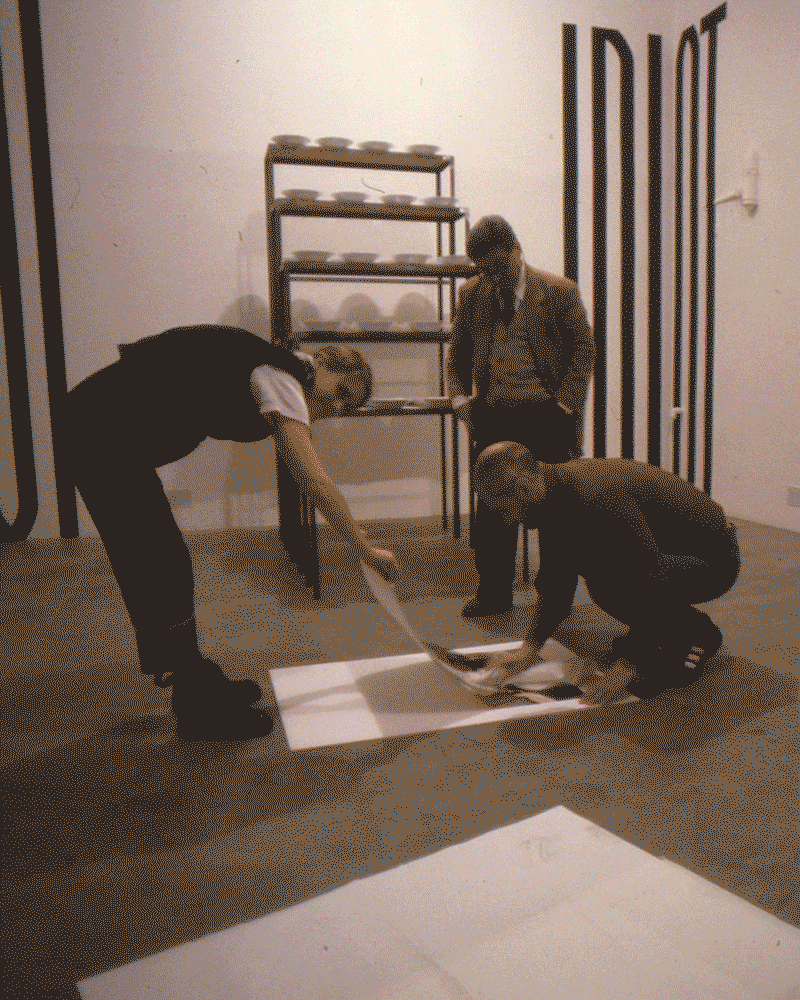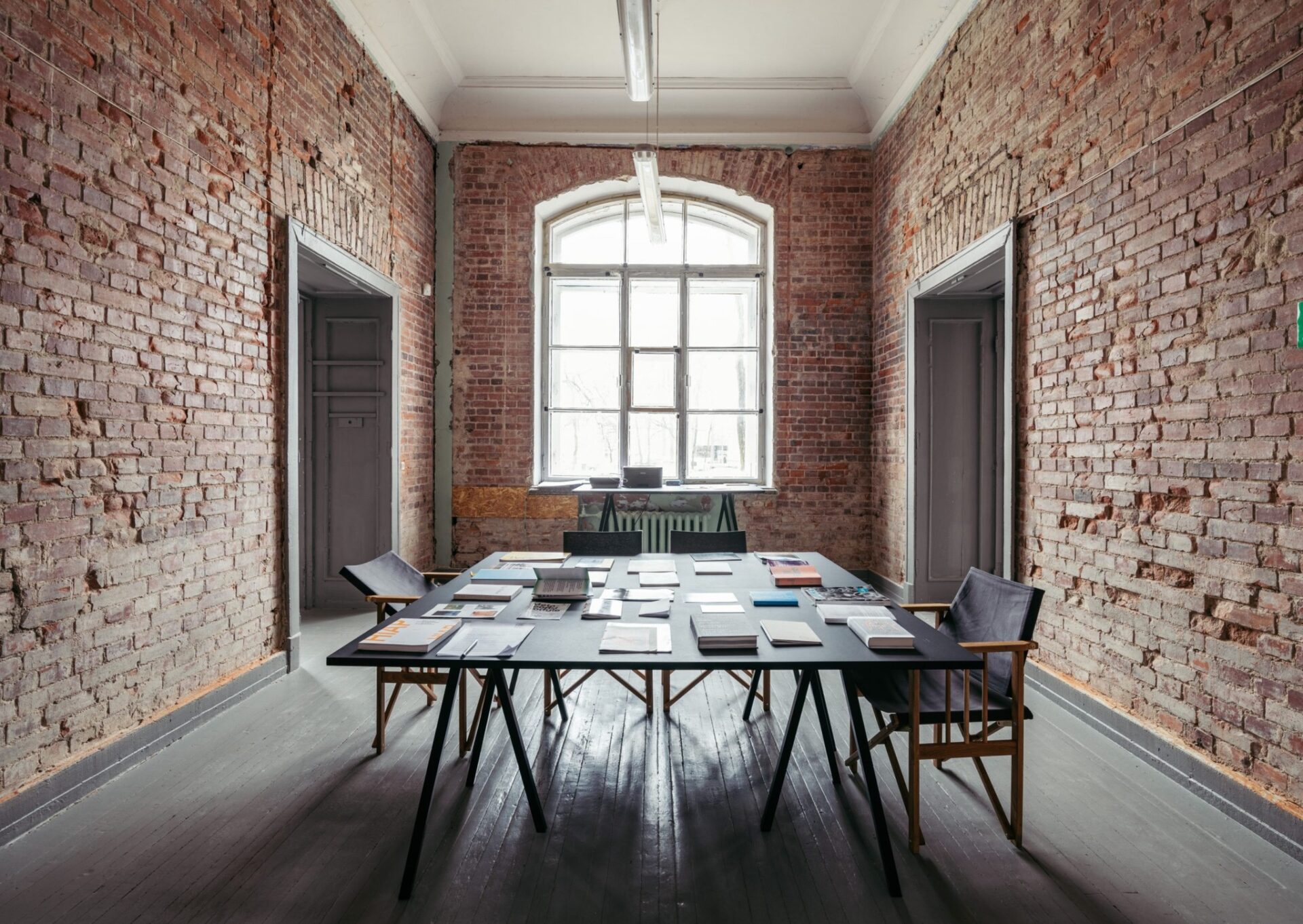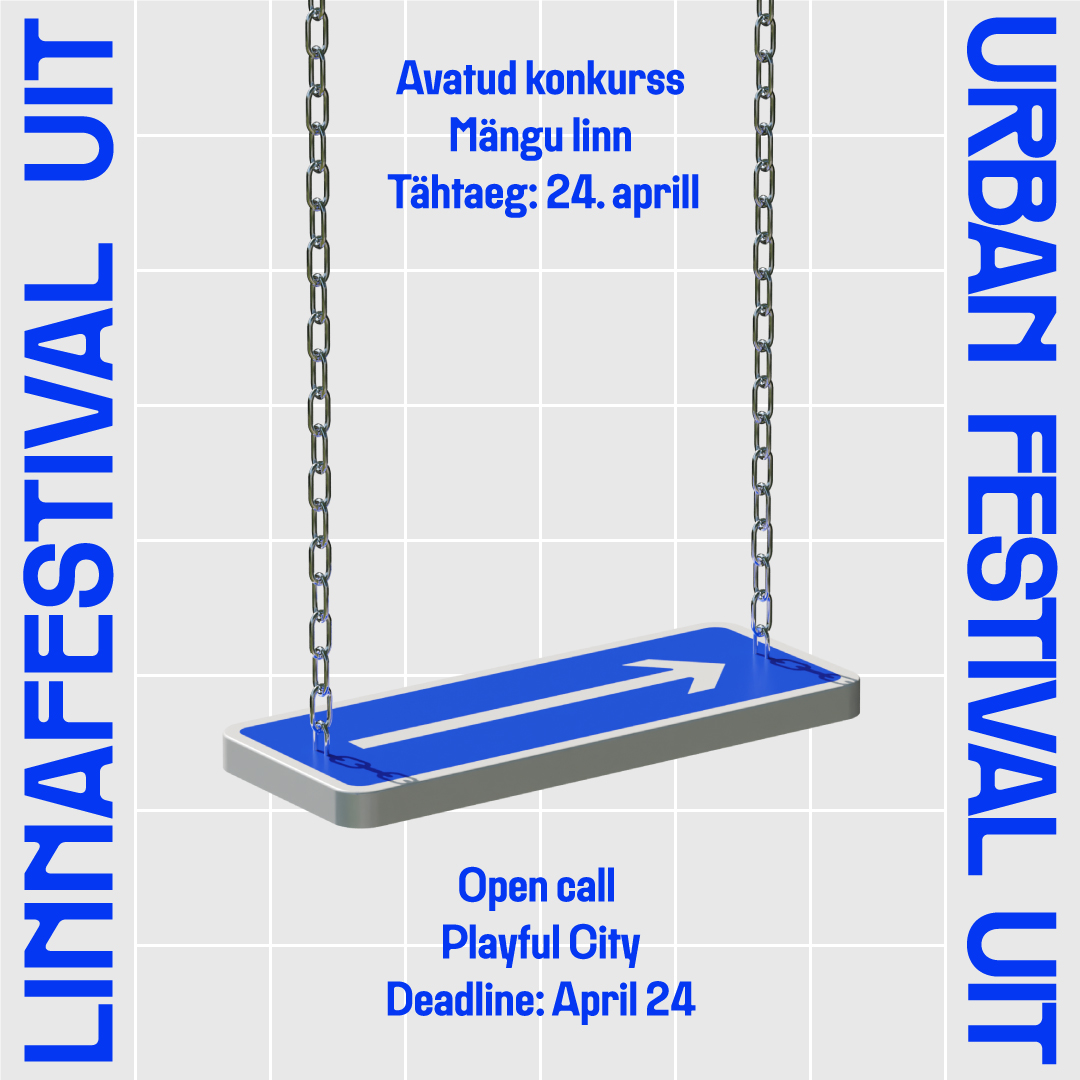
Moscow. Red Square. 1981. Mixed media. Mart Erik`s collection
The early work of one of the pioneers of Estonian postmodernism Raul Rajangu, which appropriates Soviet visual culture, is a witness to the existence of the original Estonian Sots Art. At the project space exhibition of Kumu Art Museum, for the first time the artist will show the ostentatious early series Politburo.
Raul Rajangu (1960) stepped into the Estonian art scene at the exhibition of young artists of the Estonian S.S.R. in 1984 with A Sewing Machine and a New Year’s Tree, one of the first works to allude to postmodernism. This was soon followed by On a White Night in Kadriorg Palace (1987) and The Arrival of the Artist R. Rajangu and his Assistants in Viljandi (1988). However, no one at the time realized that the artist had already begun working in the early 1980s, when using his personal artist’s technique he created the series Soviet Midnight (1981–1982). In this series, which stayed “in the drawer” for the next quarter of a century, the artist used all of the elements of Soviet visual culture that he had come into contact with during the late socialist period in the small town of Viljandi. This included the ceremonial album of Lenin that he received as a prize at a history Olympiad, photo albums of Soviet cities found in the attic of the Stalinist culture centre, halcyon but awkward-looking advertising brochures for Soviet manufactured goods, and his family’s albums of black-and-white photos taken on festive occasions.
Functioning as a thematic extension to the permanent exhibition of the Kumu Art Museum, Conflicts and Adaptations. Estonian Art of the Soviet Era (1940-1991), the exhibition Soviet Midnight contains the newly found series Politburo (1982). This series, shown publicly for the first time at this exhibition, is an example of how the artist created works of art from placards with portraits of the Soviet Politburo members, which, at the time, were widely available in book shops but hung mostly in administrative offices. From an art historical point of view, this noteworthy find, in which the artist has acted on the playful aesthetic potential in iconic Soviet images, confirms once more the conceptual links between Rajangu’s early work and Sots Art, which mixed the approaches of socialist realism and pop art and, according to Boris Groys, sought to analyse the all-encompassing aesthetico-political Soviet project.
The exhibition opens 15 September at 6 pm with the performance Killer Funeral feat. Politburo by Raul Rajangu, where the leitmotifs of the artist’s early works and today’s performative art practice come together.
22 September at 6 pm an artist-talk with the brothers Raul and Kalev Rajangu takes place, where the countless peculiarities of life under late Socialism and the halcyon childhood of the Rajangu family in the 1960s and 1970s in the small town of Viljandi will be discussed.
All the works shown in the exhibition originate from the collections of the artist, Mart Erik and the Tartu Art Museum. Special thanks to Kalev Rajangu and Heldur Hammer.
The visuals of the exhibition are available in the digital collection of the Art Museum of Estonia.
Curator: Liisa Kaljula
Designer: Villu Plink
Graphic designer: Tuuli Aule
Conservators: Margit Pajupuu, Allan Talu and Helen Volber
The exhibition will be open in the project space of the fourth floor of the Kumu Art Museum until 2 April 2017.

